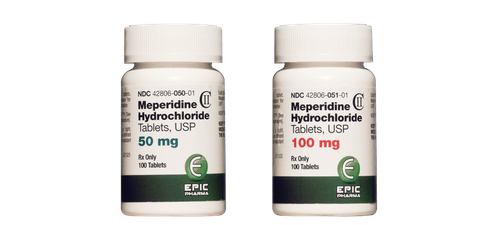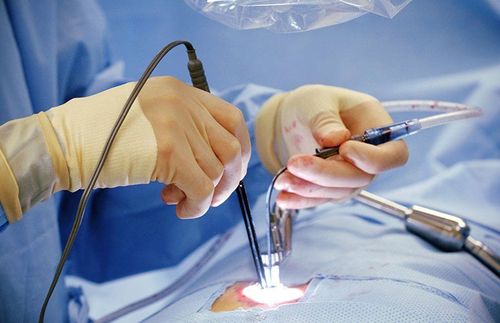This is an automatically translated article.
The article is professionally consulted by Specialist Doctor I Tran Thi Ngat - Department of General Surgery - Vinmec Danang International General Hospital.
Epidural anesthesia is a technique that uses anesthetic to inject into the epidural space, the anesthetic is absorbed directly into the nerve roots or specific receptors. Epidural catheters are commonly used to relieve pain after prolonged surgery.
1. Indications for placing an epidural Catheter
The procedure of placing an epidural Catheter for surgery and pain relief after surgery is carried out in the following cases:Open abdominal surgery with the incision in the middle; Open chest surgery; Lower extremity surgery, such as hip, knee replacement, transverse trochanter, femoral condyle, shin fracture...
2. Contraindications for epidural catheterization
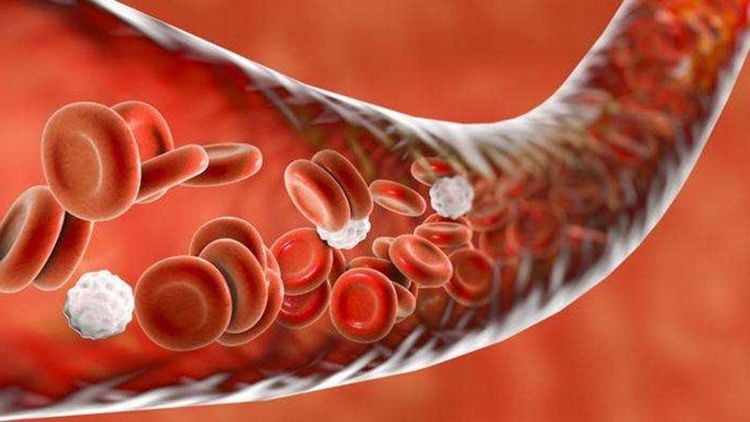
Chống chỉ định đặt Catheter ngoài màng cứng với bệnh nhân bị rối loạn đông máu
The patient does not agree; Patients with coagulopathy or taking anticoagulants; The skin where the epidural catheter is intended to be placed becomes infected; Severe liver or kidney failure; There is a neurological disease, or increased intracranial pressure; Decreased circulating volume.
3. Preparing for an Epidural Catheter
3.1. Means Epidural Catheter with Tuohy Needle; Anesthesia ; Analgesic ; The minor surgery set includes: Sterile surgical gown, cotton, gauze, sterile patch, etc.; syringe and adrenaline tube; Anesthesia and other resuscitation equipment. 3.2. The patient will be given a pre-anesthetic exam, explaining the pain relief method after epidural surgery and the steps to assess postoperative pain.Before analgesia, the patient can sit or lie on his side depending on the level of cooperation, the patient's clinical condition and the doctor's habits.
The location of the catheter into the epidural space also depends on the type of surgery (upper/lower abdomen, or hip/knee) and the desired analgesia.
4. Proceed
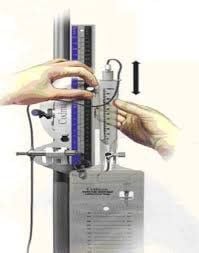
Máy Catheter
The location of the catheter is the nerve root that provides sensation at the incision site. Find the epidural space using the loss of resistance method with a syringe filled with 0.9% saline. Place and fix the catheter length in the epidural space about 3-5cm. Check pulse and blood pressure before inserting a catheter into a blood vessel or into the subarachnoid space (if there are symptoms of spinal anesthesia).
Catheter retention time is about 48 - 72h. The person placing the order should clearly write in the medical record the treatment and monitoring order. In addition, the length and position of the catheter in the epidural space, the distance from the skin to the space, and the response to the test dose should be noted on the anesthesia note.
Note:
Beware of parasympathetic shock if the catheter is placed in the sitting position. If the catheter insertion site is obstructed, both the Touhy needle and the catheter must be withdrawn simultaneously, and then re-inserted. Absolutely do not withdraw the catheter site but keep the needle to avoid the risk of catheter rupture. Drugs used for surgical epidural anesthesia: Levobupivacaine 0.5%: and Bupivacaine 0.5%. Drugs used to relieve pain after surgery: Mixture of Bupivacaine 0.05% or Levobupivacaine 0.1% mixed with Fentanyl or Sufentanil.
5. Follow up
5.1. Purpose To evaluate the effectiveness of analgesia, the degree of sensory block and the satisfaction of people after surgery; Look for side effects or complications of treatment, if any. 5.2. Pain Rating Scale Simple Pain Scale (EVS): No Pain, Little Pain, Moderate Pain, Severe Pain, or Severe Pain. Pain relief treatment when the patient has moderate pain or more; EVA scale (currently commonly used): The patient will indicate pain from no pain to very pain on the scale scale from 0 to 100. Pain relief treatment when the scale is > 30; Bromage scale: From no inhibition of movement (good movement of the groin, knees, feet) to completely unable to move. 5.3. How to monitor Monitor pulse, blood pressure, breathing rate, consciousness and signs of neurotoxicity every 2 - 4 hours; At the same time, monitor the pain level with the same time as above, pay attention to pain when lying still or when moving, coughing, lying on the side; Increase analgesic dose if treatment is needed and there are no symptoms of overdose, reassess every hour; If the maximum dose has been used, but the patient still has pain, then combine with systemic analgesic; If the patient still has a lot of pain, does not improve, the catheter is removed and at the same time used for systemic pain relief because there is a risk of placing a catheter under the skin, in the paraspinal space, ... (not in the epidural space); Overdose symptoms: Signs of anesthetic toxicity, slow pulse, drop in blood pressure, slow breathing less than 12 times per minute, lethargy, shaking unconscious... Treatment: stop infusion, provide respiratory support - circulation, if a symptom of an overdose of Fentanyl is to be given intravenously every 5 minutes until the symptoms disappear; Possible side effects: Nausea, itching, urinary retention and weakness in both legs.6. Important Complications
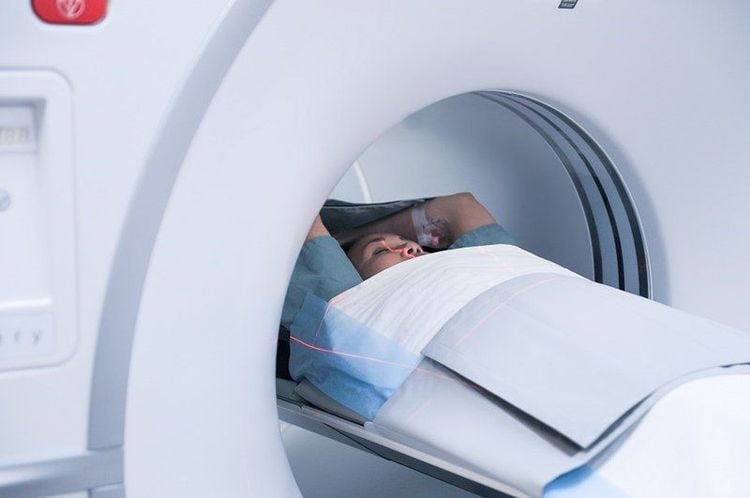
Chụp MRI cột sống để chuẩn đoán chính xác
Placing an epidural Catheter is a difficult procedure, requiring the operator to be highly qualified, well-trained and perform the procedure in hospitals, medical facilities with full medical equipment to treat patients. surgical procedure.
Vinmec International General Hospital is the place to perform the procedure of placing intravenous Catheter, placing Catheter to monitor blood pressure and a number of other procedures that bring many outstanding advantages with high success rate and ensure health. for the patient.
To register for examination and treatment at Vinmec International General Hospital, you can contact Vinmec Health System nationwide, or register online HERE.





